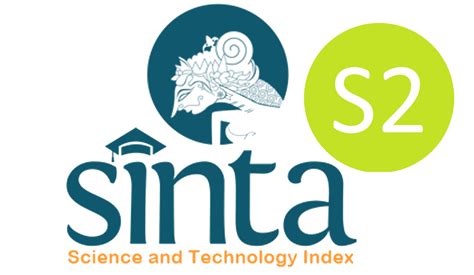Jurnal Pendidikan Geografi: Kajian, Teori, dan Praktek dalam Bidang Pendidikan dan Ilmu Geografi
Abstract
Every human activity requires water, so if the water needs cannot be met from the natural availability of the region itself, then the water needs must be met from other regions. This concept is the basis for calculating virtual water flow and water footprint. Inequality or imbalance between the availability and demand for water in an area will make water a scarce commodity. From an economic point of view, it will become an economic good. This study aims to analyze agricultural water needs and the green water footprint in each region of Java Island. Calculate crop water requirements for the blue footprint using CropWat v8.0 software made by FAO (Food and Agriculture Organization). The data required include maximum and minimum air, relative humidity, duration of irradiation, and wind speed; daily rainfall data (using 18 BMKG stations); data on planting date/planting pattern of rice and secondary crops; data on physical characteristics of plants according to plant coefficient (Kc), plant growth phase, root depth of plants; data on planted area (0-100% of the total area) of rice and secondary crops; data types and physical characteristics of the soil. The analytical method used is descriptive analysis, which describes the water footprint in the research area using tables and graphs. In addition, spatial and comparative analysis are also used in this study. Nearly 70% (13 regions) during the rainy season from November to February experienced the fulfillment of water needs for rice plants by effective rainfall. The value varies from 500 thousand mm/s/ha to 85 million mm/s/ha, which is influenced by plant varieties, physiographic conditions, and the climate of the local area. When rainfall conditions can meet the Crop Water Requirement (CWR), farmers can apply rainfed agriculture by utilizing irrigation sources only from the regional rainfall. CWR is one of the factors that affect the value of plant water footprints. Each region on the island of Java experienced three planting patterns. Agricultural water needs can be met from two sources of water input from rainfall (Green Water Footprint) and irrigation (Blue Water Footprint). The water needs met by the dominant rainfall occur when the first rice cropping pattern is around 70% of the total region. The need for irrigation water is increasing, along with the distance from the rainy season and the reduced frequency of rainfall.
First Page
19
Last Page
36
Recommended Citation
Nurjani, Emilya; Zahwa, Anggun Nur; setiacahyandari, husnul khotimah; sita dewi, Rofiana budi ayumi; and Pujiastuti, Isna
(2025)
"An analysis of green water footprint in Java Island using the CropWat Model,"
Jurnal Pendidikan Geografi: Kajian, Teori, dan Praktek dalam Bidang Pendidikan dan Ilmu Geografi: Vol. 30:
No.
1, Article 2.
DOI: https://doi.org/10.17977/2527-628X.1076
Available at:
https://citeus.um.ac.id/jpg/vol30/iss1/2
Included in
Geographic Information Sciences Commons, Human Geography Commons, Other Education Commons, Other Geography Commons, Physical and Environmental Geography Commons, Spatial Science Commons




